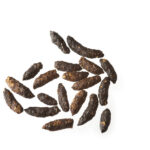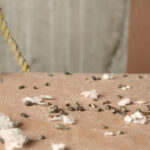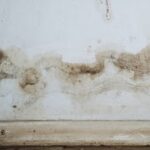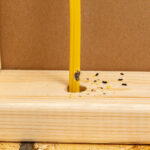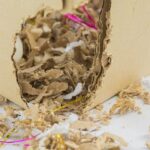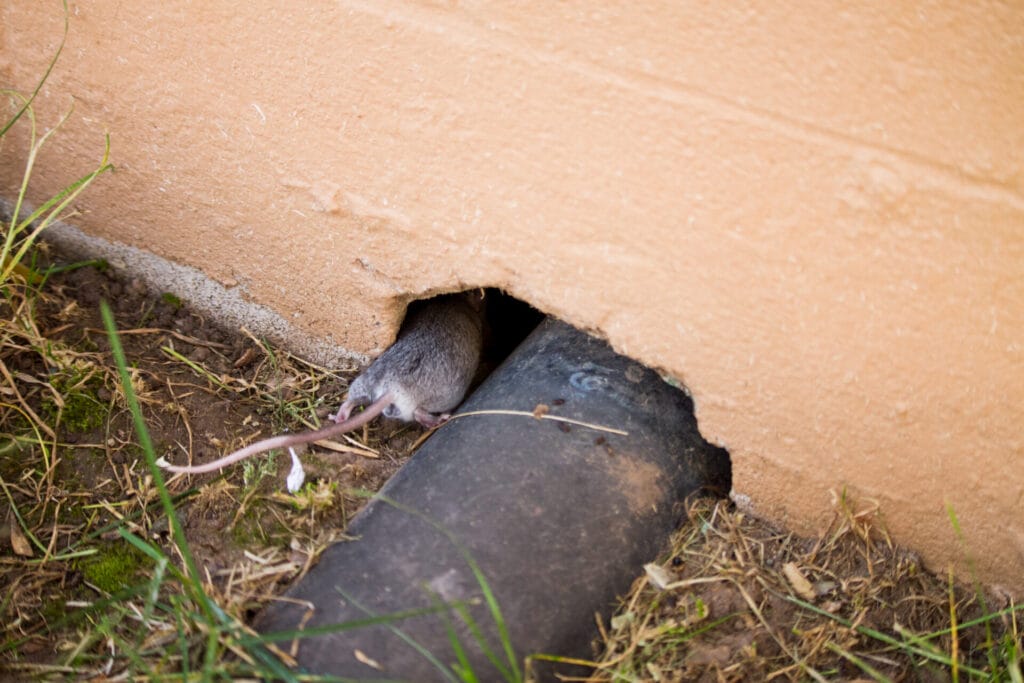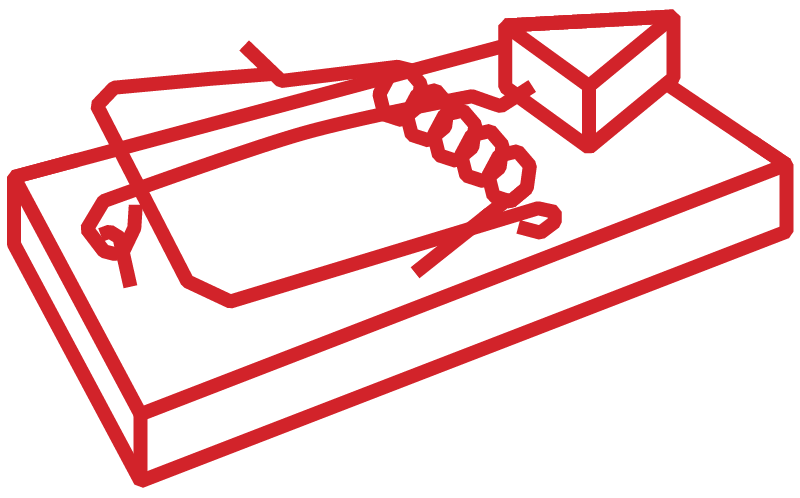Sealing Entry Points
Sealing entry points is essential to prevent mice from entering and re-entering your home. Use materials such as steel wool or wire mesh to block gaps and cracks larger than 1/4-inch. Pay attention to areas around pipes, vents, and other openings that may provide access to the indoors.
Inspect your home thoroughly, both inside and outside, to locate potential entry points. Don’t forget to check eaves, air ducts, and other less obvious locations. Sealing these entry points will prevent mice from gaining access to your home and causing further issues.
Using Traps Strategically
Traps are among the most effective ways to catch mice lurking in your walls. However, proper trap placement is key to success. Place traps against areas along the base of the wall that may serve as pathways for mice, including slivers and minute openings. Deploy multiple traps at intervals of approximately 6 feet to increase the likelihood of encounters.
Bait the traps with items such as peanut butter or seeds, which are attractive to mice. Regularly inspect the traps, clean or replace them when needed, and relocate them if necessary to maintain the mice’s curiosity and avoid evasion.
Strategic use of mouse traps can effectively trap mice and kill captured rodents, eliminating mice from your walls.

